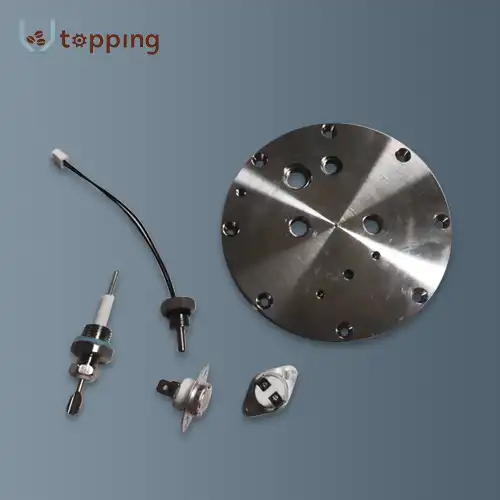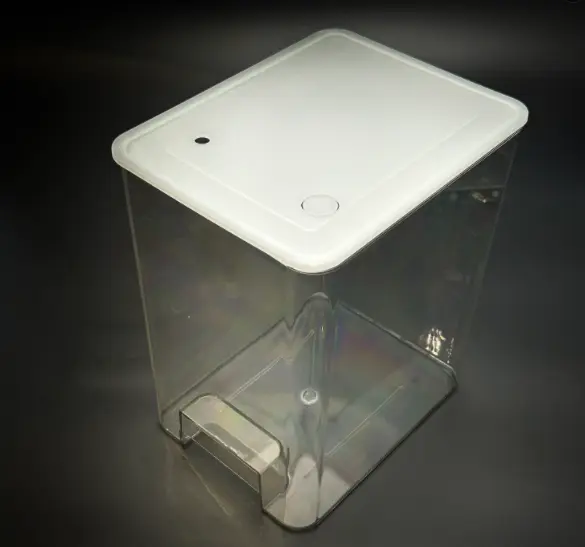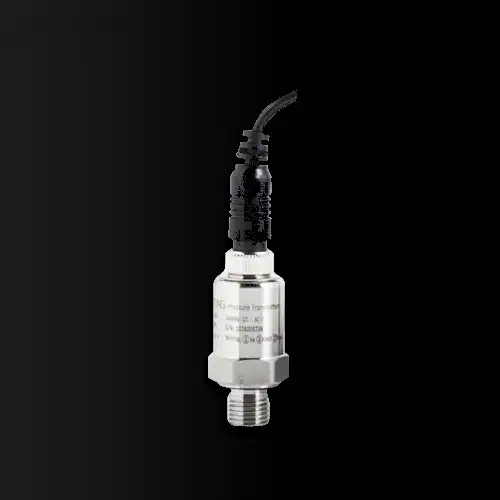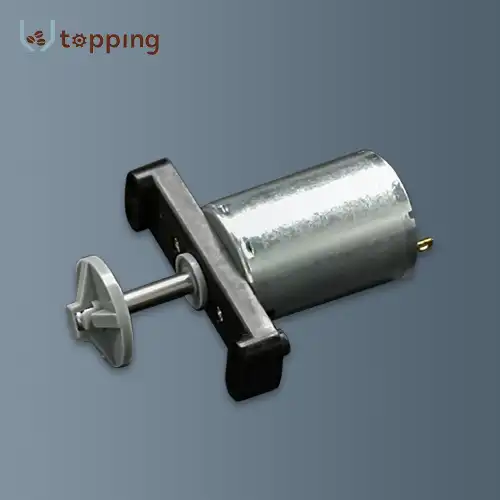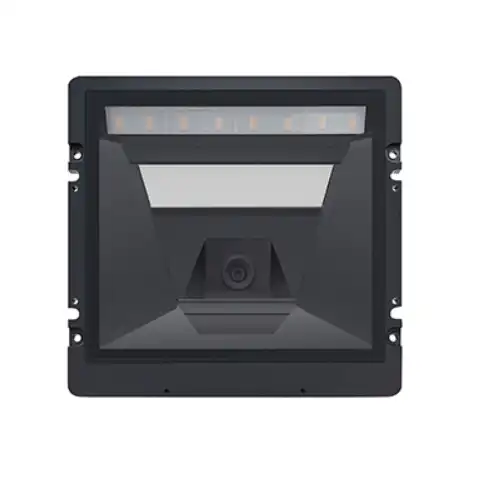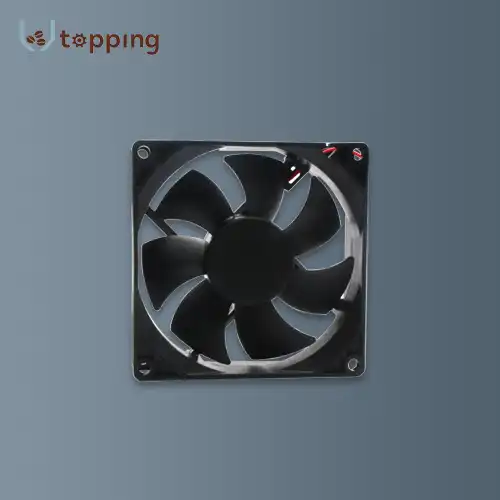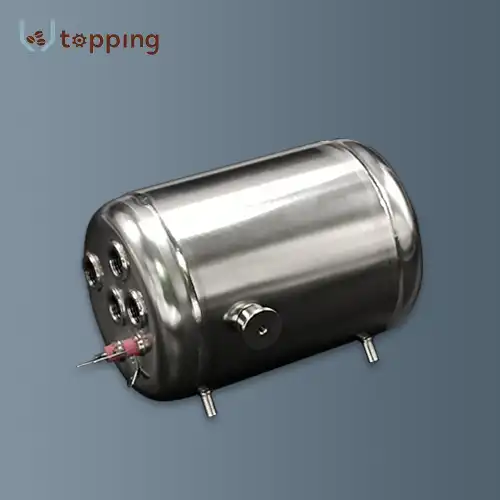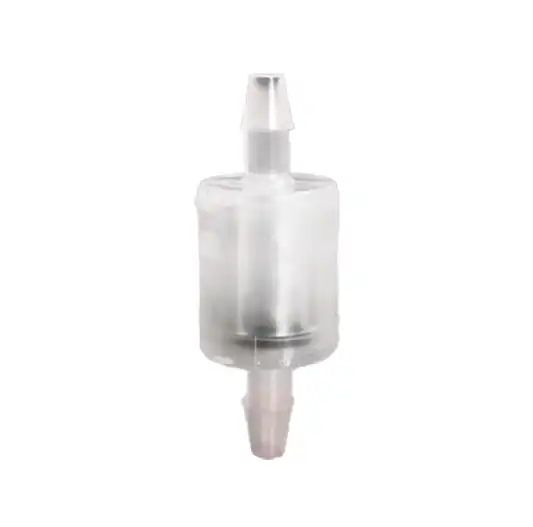What Is a Hopper on a Coffee Machine?
2024-08-26 10:12:06
A hopper is an essential part of a coffee machine. It stores coffee beans before they are ground and brewed. Your espresso's quality and consistency are urgently subject to this apparently clear compartment. In this blog, we'll discuss the reason and meaning of an espresso machine container, what it means for how you make espresso, and the most ideal ways to utilize and really focus on it.
How Does the Coffee Bean Hopper Affect the Grinding Process?
The Role of the Hopper in Coffee Grinding
The purpose of the coffee bean hopper is to hold beans and direct them into the grinder mechanism. Its primary function is to supply the grinder with a consistent supply of beans, ensuring that each grind cycle is smooth and consistent. The container sits on the processor and frequently includes an inclined inside to work with the development of beans towards the crushing burrs or edges.
The capacity of the hopper can vary; larger hoppers that are used in commercial settings can hold several pounds of beans, whereas smaller hoppers that are used in home grinders can only hold a few ounces. The quality and flavor of the brewed coffee are directly impacted by the grind's consistency, which is maintained by the hopper's design and functionality.
Impact on Grind Consistency
A very much planned container guarantees a uniform feed of beans into the processor, which is vital for accomplishing a steady drudgery size. Because uneven grinds can result in either over-extraction or under-extraction, resulting in bitter or weak coffee, grind consistency is essential for optimal flavor extraction.
A few elements can impact the consistency of the drudgery:
- Flow of Beans: The beans should flow smoothly into the grinder through the coffee bean hopper. Any obstacle or anomaly in the container can cause variances in the toil size.
- Type and Size of Bean: The process by which beans are ground and how they move through the hopper can be influenced by their size and type. Guaranteeing that the container can oblige different bean types without stopping up or sticking is fundamental.
- Container Material: The grinding process can also be affected by the material in the hopper. For instance, plastic containers might foster static, making beans adhere to the sides, while glass containers are less inclined to static development.
Ensuring Consistent Coffee Quality
To keep up with steady espresso quality, it is important to consistently perfect and keep up with the container. Espresso's flavor and bean stream can be impacted by lingering oils and espresso particles that development over the long haul. Standard cleaning forestalls these developments and guarantees that each clump of beans goes through a framework that is both spotless and effective.
Understanding the association between the processor settings and the container is additionally fundamental. It is possible to achieve the desired grind consistency and, as a result, enhance the flavor of the coffee by adjusting the grinder's settings to match the type and freshness of the beans.
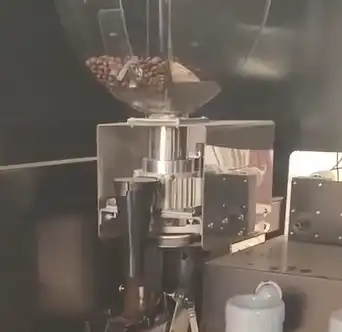
Can You Store Coffee Beans in the Hopper?
Pros and Cons of Storing Beans in the Hopper
Storing coffee beans in the coffee bean hopper is a common practice, but it has its advantages and disadvantages. One of the main benefits is convenience. Having beans readily available in the hopper means you can quickly grind and brew coffee without the need to measure out beans each time. This is especially useful in busy coffee shops or for individuals who brew multiple cups throughout the day.
However, there are also downsides to storing beans in the hopper:
- Exposure to Air: Coffee beans start to degrade as soon as they are exposed to air. The hopper is not airtight, meaning beans stored in it are continuously exposed to air, which can lead to staling and loss of flavor.
- Light Exposure: If the hopper is made of clear material, beans can be exposed to light, which can also degrade their quality over time.
- Temperature Fluctuations: Depending on where the coffee machine is located, temperature fluctuations can affect the beans in the hopper, potentially speeding up the staling process.
Best Practices for Storing Beans
To mitigate the negative effects of storing beans in the coffee bean hopper, consider the following best practices:
- Limit the Amount: Only store the amount of beans you plan to use within a short period, ideally within a day or two.
- Use Airtight Containers: Keep the majority of your beans in an airtight container and only transfer a small amount to the hopper as needed.
- Keep the Hopper Clean: Regularly clean the hopper to remove any residual oils or particles that could affect the flavor of the beans.
- Consider Hopper Material: Using a hopper made from materials that block light, such as tinted plastic or metal, can help preserve the beans' freshness.
Alternative Storage Solutions
If you are concerned about the freshness of your beans, you might want to store them in different ways. Vacuum-sealed bags or containers are ideal for long-term storage because they keep out light and air. These can be used to store beans until they are ready to be transferred to the hopper.
What's more, some espresso authorities would prefer to crush their beans at whatever point they are required, just moving the exact amount expected for each blend. Even though this method ensures maximum flavor and freshness, it might not be as convenient in settings with a lot of traffic.
How to Maintain and Clean the Coffee Bean Hopper?
Importance of Regular Cleaning
You should store your coffee in a great compartment to guarantee consistency and quality. The shape of the beans can change, causing them to break down or stop, as coffee grounds and oil specks build up in the container and processor.
These issues can be kept away from and the coffee creator's smooth activity guaranteed by ordinary cleaning. By reducing the mileage caused by created developments, it also extends the processor's and other components' lifespan.
Steps for Cleaning the Hopper
Cleaning the hopper is a straightforward process that can be done regularly to maintain optimal performance:
1. Empty the Hopper: Remove any remaining beans from the hopper before cleaning.
2. Disassemble the Hopper: If possible, disassemble the hopper from the grinder to clean it thoroughly.
3. Wash with Warm, Soapy Water: Use warm, soapy water to clean the hopper. Avoid using harsh chemicals or abrasive materials that could damage the hopper.
4. Rinse Thoroughly: Rinse the hopper thoroughly to ensure that no soap residue remains.
5. Dry Completely: Allow the hopper to air dry completely before reassembling it and refilling it with beans.
Deep Cleaning and Maintenance
For more thorough cleaning, consider performing a deep clean every few months, especially if you use your coffee machine frequently:
1. Brush Off Residues: Use a brush to remove any coffee particles stuck in hard-to-reach areas.
2. Use Cleaning Tablets: Some grinders can be cleaned with specialized cleaning tablets that help remove buildup from the burrs and interior surfaces.
3. Inspect and Replace Parts:Regularly inspect the hopper and grinder components for signs of wear and tear. Replace any damaged or worn parts as needed to maintain optimal performance.
Preventing Odors and Stains
To prevent odors and stains from affecting your coffee beans, follow these tips:
- Avoid Overfilling: Do not overfill the hopper, as this can lead to beans being exposed to air for too long.
- Store in a Cool, Dry Place: Keep your coffee machine in a cool, dry place to prevent heat and humidity from accelerating the staling process.
- Use Fresh Beans: Regularly rotate your stock of beans to ensure you are always using fresh coffee.
Conclusion
Understanding the work and significance of the coffee bean hopper on an espresso machine is basic for any espresso fan. The compartment assumes a urgent part during the time spent making coffee since it guarantees dependable work quality, jam bean newness, and keeps up with neatness. Whether you're a casual coffee drinker or a meticulous barista, using the hopper correctly and keeping it clean will improve your experience with espresso fermentation.
References
1. Coffee Confidential. (2023). "Coffee Storage: Keeping Your Coffee Fresh." Retrieved from https://coffeeconfidential.org
2. Perfect Daily Grind. (2023). "How Long Do Coffee Beans Stay Fresh?" Retrieved from https://perfectdailygrind.com
3. Coffee Geek. (2023). "The Ultimate Guide to Coffee Bean Freshness." Retrieved from https://coffeegeek.com
4. Home Grounds. (2023). "Best Practices for Storing Coffee Beans." Retrieved from https://homegrounds.co
5. Serious Eats. (2023). "How to Store Coffee Beans to Keep Them Fresh." Retrieved from https://seriouseats.com
6. Sprudge. (2023). "The Science of Coffee Bean Storage." Retrieved from https://sprudge.com
7. Bean Box. (2023). "How to Store Coffee Beans: Tips for Freshness." Retrieved from https://beanbox.com
8. Blue Bottle Coffee. (2023). "Coffee Storage: What You Need to Know." Retrieved from https://bluebottlecoffee.com
9. Coffee Review. (2023). "Maximizing Coffee Freshness: Storage Tips." Retrieved from https://coffeereview.com
10. National Coffee Association USA. (2023). "How to Store Coffee Beans for Maximum Freshness." Retrieved from https://ncausa.org
Send Inquiry
Related Industry Knowledge
- How Does Boiler Size Affect Coffee Machine Performance?
- What are the precautions for maintenance Control Board For Vending Machine under extreme temperatures?
- What Does a Boiler Do in a Coffee Machine?
- How Can You Adjust Mixer Settings for Different Coffee Blends?
- What are the sizes of vending machine touch screen?
- Does a better grinder make better coffee?
- Is a grinder more important than an espresso machine?
- How does a coffee brewing Unit work?
- How Long Can Coffee Beans Stay in the Hopper?
- What Are Coffee Vending Machine Ingredient Canisters Made Of?

